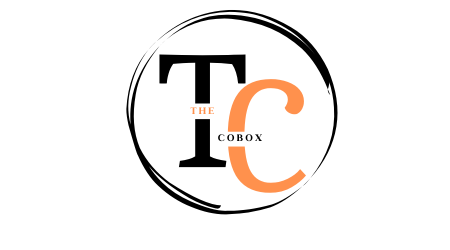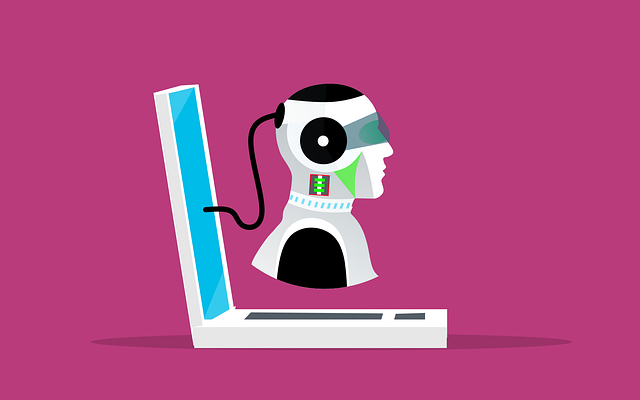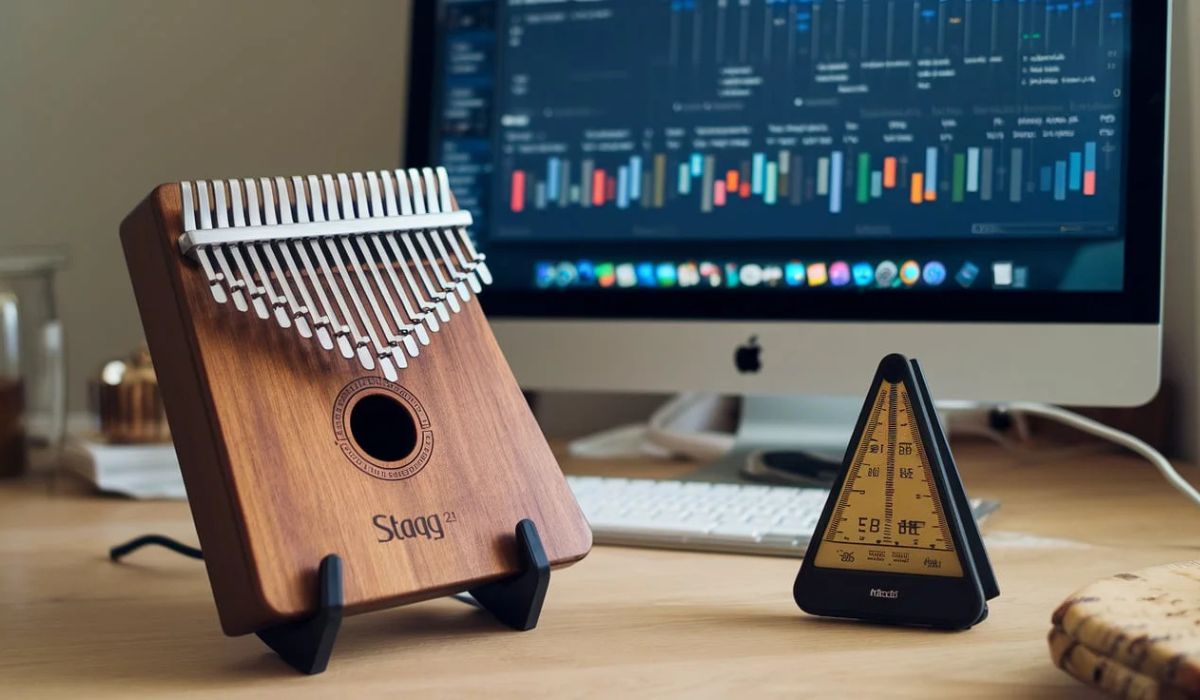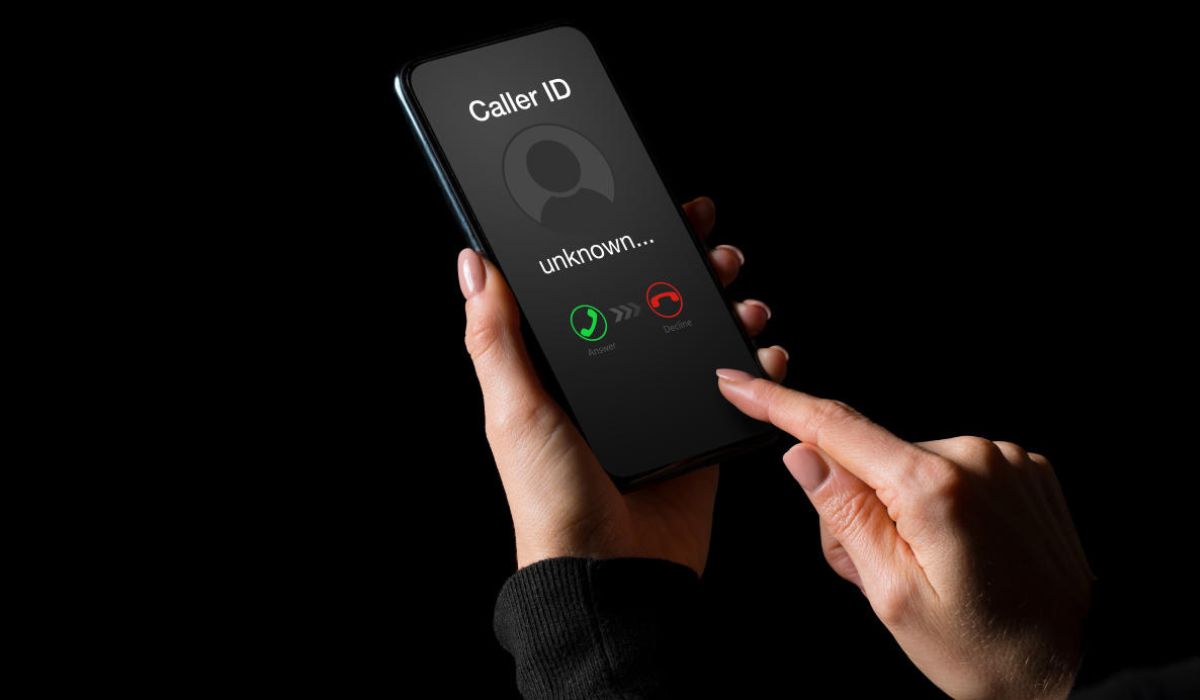The digital age has revolutionized how we live, work, and interact—but it doesn’t stop there. We’ve now entered the era of the Internet of Bodies (IoB), a rapidly emerging ecosystem where our biological selves intersect with internet-connected devices. From wearables tracking our heart rate to implants monitoring chronic conditions, IoB technologies promise groundbreaking advancements in healthcare and wellness. However, these innovations also raise significant privacy and ethical concerns.
Understanding the Internet of Bodies isn’t just for tech enthusiasts—it’s essential for anyone navigating this growing landscape. Whether you’re excited about what IoB can offer or worried about its implications for personal privacy, this guide will help unpack the key details and explore what lies ahead.
The Internet of Bodies Explained
What Is the Internet of Bodies?
The Internet of Bodies (IoB) refers to a network of internet-enabled devices that interact directly with the human body to collect or transmit data. This includes wearable tech, implantable devices, and even ingestible sensors. The idea builds on the concept of the Internet of Things (IoT), where everyday objects connect to the internet, expanding this concept into the realm of human health and biology.
Examples of IoB Technologies
IoB devices are already transforming how we approach wellness and healthcare. Here are some key examples:
- Wearables like smartwatches or fitness trackers that monitor activity and vitals.
- Implants such as pacemakers or glucose monitors for people with chronic conditions.
- Ingestible sensors, which transmit real-time data after being consumed.
- Biometric security systems like fingerprint or retinal scanners.
How IoB Reshapes Daily Life
From diagnosing illnesses earlier than traditional methods to improving individualized healthcare plans, IoB can enhance personal well-being and boost efficiency in medical treatments. For instance:
- Athletes leverage wearable devices for better performance tracking.
- Patients benefit from remote monitoring, which reduces frequent hospital visits.
- Health-conscious users make data-informed lifestyle changes based on real-time insights.
But even as IoB enhances convenience and care, its integration into daily life comes with both promise and caution.
The Intersection of Health, Privacy, and Technology
Privacy and Ethical Concerns
IoB technologies collect and analyze deeply personal data, including:
- Biological functions
- Medical history
- Habits and behaviors
This level of intimacy poses significant ethical questions. Who owns this data? How is it stored? And, most importantly, how secure is it?
Data Security in IoB Ecosystems
Devices connected to the Internet of Bodies are prime targets for cyberattacks, given the sensitivity of the information they store. Security lapses could expose medical histories, biometrics, or even allow unauthorized control over critical medical devices.
Companies and developers working within IoB are actively employing advanced encryption and anonymization techniques. But gaps remain, especially as the technology outpaces regulation.
Privacy and Consent in the Digital Age
IoB raises fundamental issues about consent.
- How transparent are product makers about what data they collect and how it’s used?
- Are service agreements written clearly enough for users to understand the implications?
Ensuring individuals are fully informed about their data rights is a crucial step toward making IoB ethically sustainable.
The Future of IoB: Opportunities and Challenges
The Potential Benefits
The Internet of Bodies has the potential to revolutionize industries:
- Healthcare Innovations like real-time monitoring could save lives by alerting doctors to medical emergencies.
- Advancements in Research allow scientists to gather accurate, real-world data for studies generationally quicker than before.
- Personalized Medicine improves treatment efficacy, tailoring interventions to individual biology.
Challenges Ahead
Despite its potential, IoB faces significant hurdles:
- Integration with existing healthcare systems
- Ensuring inclusivity so that IoB benefits all socioeconomic groups
- Developing global regulatory frameworks to create ethical and secure standards
Education and conversation about these challenges will shape whether IoB’s opportunities outweigh its risks.
Navigating the IoB Ecosystem
1. Evaluate IoB Technologies
Do your homework before adopting any IoB device. Ask questions like:
- Does the device meet existing security certifications?
- What rights do you have to the data collected?
- How open is the company about its use of your information?
2. Stay Updated on Trends
IoB is evolving quickly, and staying informed can help you make better choices. Follow forums, subscribe to health-tech newsletters, and monitor policy changes.
3. Advocate for Policies Protecting Digital Rights
Ensure your voice is heard by:
- Supporting initiatives demanding that IoB data transparency becomes a standard.
- Engaging in discussions about privacy at the local and global levels.
Collaboration among individuals, tech leaders, and policymakers will be crucial for establishing trust and ensuring a secure IoB future.
Leading the Conversation Around IoB
IoB could soon become as integral to our lives as smartphones and the internet are today. Not only should we embrace its advantages, but we also need to demand strong privacy protections and sustainable design. By staying informed and advocating for transparent practices, health tech enthusiasts and privacy advocates alike can help shape the narrative for a field filled with both groundbreaking potential and ethical dilemmas.
Dive deeper into this fascinating ecosystem at IofBodies .com, where we explore the exciting innovations and challenges shaping IoB today.
In conclusion, the Internet of Bodies (IoB) represents a thrilling frontier in the convergence of health, technology, and science. While its potential to revolutionize healthcare and personal well-being is undeniable, it also raises critical ethical, privacy, and security concerns that must not be overlooked. By fostering global conversations, establishing robust regulations, and prioritizing transparent development, we can ensure that the IoB evolves in a way that benefits humanity while respecting individual rights. Together, we hold the power to influence the future of this transformative technology responsibly.
YOU MAY ALSO LIKE
Käntäj – Your AI-Powered Companion for Accurate & Context-Aware Translations
FAQs
1. What is the Internet of Bodies (IoB)?
The Internet of Bodies (IoB) refers to internet-connected devices interacting with the human body to collect biomedical and physiological data.
2. Are IoB devices safe to use?
IoB devices are generally safe but can be vulnerable to data breaches or cyberattacks. Ensure you choose reputable companies prioritizing security.
3. What are popular examples of IoB technologies?
IoB includes wearables like smartwatches, implantable devices such as pacemakers, and ingestible sensors for real-time medical monitoring.
4. How does IoB impact our privacy?
IoB collects highly sensitive personal data, raising concerns about its ownership, security, and ethical use, requiring strict regulatory frameworks.
5. Can IoB improve healthcare?
Yes, IoB can revolutionize healthcare through early diagnosis, remote patient monitoring, and personalized treatment plans based on real-time data collection.











